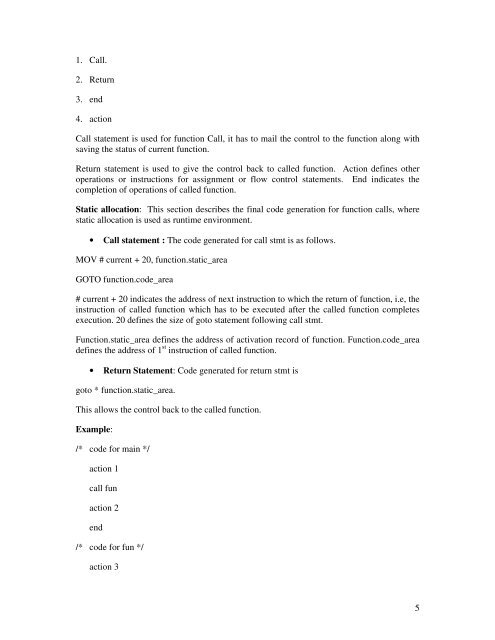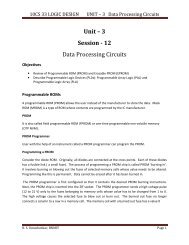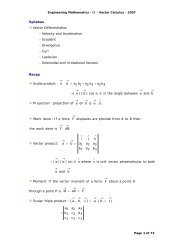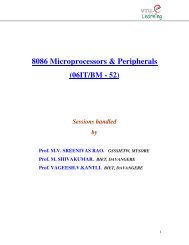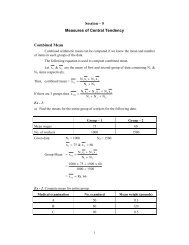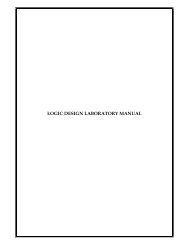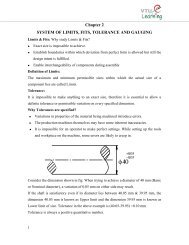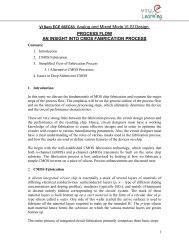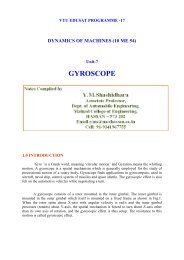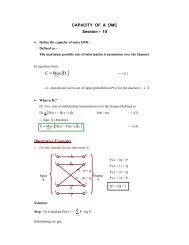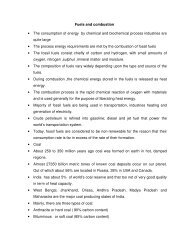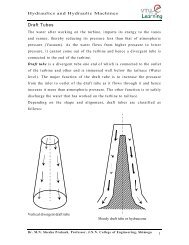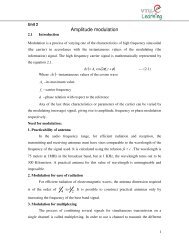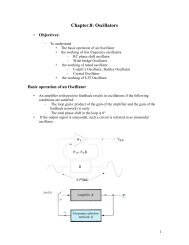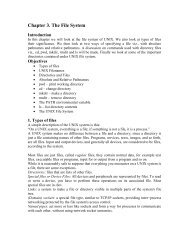1 Code Generation Code generator phase ... - VTU e-Learning
1 Code Generation Code generator phase ... - VTU e-Learning
1 Code Generation Code generator phase ... - VTU e-Learning
You also want an ePaper? Increase the reach of your titles
YUMPU automatically turns print PDFs into web optimized ePapers that Google loves.
1. Call.<br />
2. Return<br />
3. end<br />
4. action<br />
Call statement is used for function Call, it has to mail the control to the function along with<br />
saving the status of current function.<br />
Return statement is used to give the control back to called function. Action defines other<br />
operations or instructions for assignment or flow control statements. End indicates the<br />
completion of operations of called function.<br />
Static allocation: This section describes the final code generation for function calls, where<br />
static allocation is used as runtime environment.<br />
• Call statement : The code generated for call stmt is as follows.<br />
MOV # current + 20, function.static_area<br />
GOTO function.code_area<br />
# current + 20 indicates the address of next instruction to which the return of function, i.e, the<br />
instruction of called function which has to be executed after the called function completes<br />
execution. 20 defines the size of goto statement following call stmt.<br />
Function.static_area defines the address of activation record of function. Function.code_area<br />
defines the address of 1 st instruction of called function.<br />
• Return Statement: <strong>Code</strong> generated for return stmt is<br />
goto * function.static_area.<br />
This allows the control back to the called function.<br />
Example:<br />
/* code for main */<br />
action 1<br />
call fun<br />
action 2<br />
end<br />
/* code for fun */<br />
action 3<br />
5


